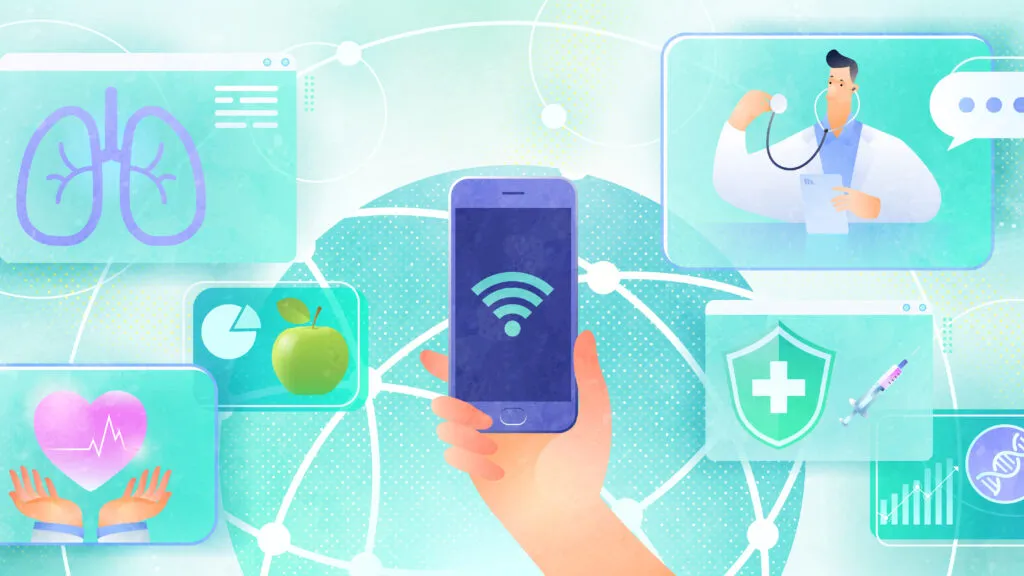
Social WiFi in Education: Bridging the Learning System Digitally
In the digital age, education isn’t just about chalkboards and textbooks anymore. Schools and universities are increasingly integrating technology to enhance learning experiences and streamline administrative processes. One such technological advancement making waves in the education sector is Social WiFi. Imagine walking into a campus where your device automatically connects to a robust network, giving you access to a world of information at your fingertips. This is not a far-off dream but a present-day reality made possible by Social WiFi services for education. In this article, we will dive into how Social WiFi is bridging the learning system digitally, transforming educational environments, and providing immense benefits to students, teachers, and administrators alike.
Efficient Learning Environment
Education has always been a cornerstone of societal progress, but as the world becomes more connected, the ways we teach and learn are evolving rapidly. Social WiFi services for education are a testament to this change. By leveraging social WiFi, educational institutions can provide seamless internet access to everyone on campus, ensuring that students, faculty, and visitors stay connected. This isn’t just about convenience; it’s about creating a more interactive, engaging, and efficient learning environment.
Transform Learning
Classrooms equipped with social WiFi can significantly enhance the learning experience. Students can access online resources, participate in virtual labs, and collaborate with peers and teachers in real-time. The traditional boundaries of the classroom are expanded, enabling a richer, more diverse educational experience. One of the biggest challenges in education is keeping students engaged. Social WiFi can help by providing access to interactive and multimedia content. Instead of being passive recipients of information, students can engage with dynamic content, participate in online discussions, and access resources that make learning more engaging and effective.
Administrative tasks in educational institutions can be cumbersome and time-consuming. Social WiFi can streamline many of these processes by enabling cloud-based solutions for attendance tracking, grading, and communication. This allows teachers and administrators to focus more on educational quality and less on paperwork.
Staying in Touch with Teachers
Education isn’t just about individual learning; it’s also about collaboration. Social WiFi facilitates better communication and collaboration among students, teachers, and administrators. Whether it’s working on group projects, participating in virtual study groups, or staying in touch with teachers, a robust WiFi network makes it all easier. One of the significant advantages of Social WiFi in education is its potential to bridge the digital divide. By providing free or affordable internet access to students who might not have it at home, schools can ensure that all students have the resources they need to succeed. This is crucial in leveling the playing field and providing equal opportunities for all students.
Safety and security are paramount in educational institutions. Social WiFi can enhance safety by enabling better communication during emergencies and providing a secure network for students and staff. Advanced security features can protect sensitive information and ensure that only authorized users have access to the network.
Cost-Effective Solutions
Implementing social WiFi can also be a cost-effective solution for schools. By using cloud-based management systems, schools can reduce the costs associated with traditional IT infrastructure. Additionally, social WiFi can provide valuable data and insights that can help schools make informed decisions about resource allocation and usage.
The Role of Social Media in Education
Social media has become an integral part of our lives, and its role in education is growing. Social WiFi can integrate with social media platforms, allowing schools to communicate more effectively with students and parents. Announcements, events, and updates can be easily shared, fostering a sense of community and keeping everyone informed.
The future of Social WiFi in education looks promising. As technology continues to advance, the capabilities of social WiFi will expand. We can expect to see even more innovative applications that will further enhance the learning experience and streamline educational processes. From virtual reality classrooms to AI-driven personalized learning, the possibilities are endless.
Conclusion
Social WiFi services for education are transforming the way we learn and teach. By providing seamless internet access, enhancing student engagement, streamlining administrative tasks, and fostering collaboration, social WiFi is bridging the learning system digitally. As we look to the future, it’s clear that social WiFi will play a crucial role in the evolution of education, ensuring that students, teachers, and administrators are connected and equipped for success.





